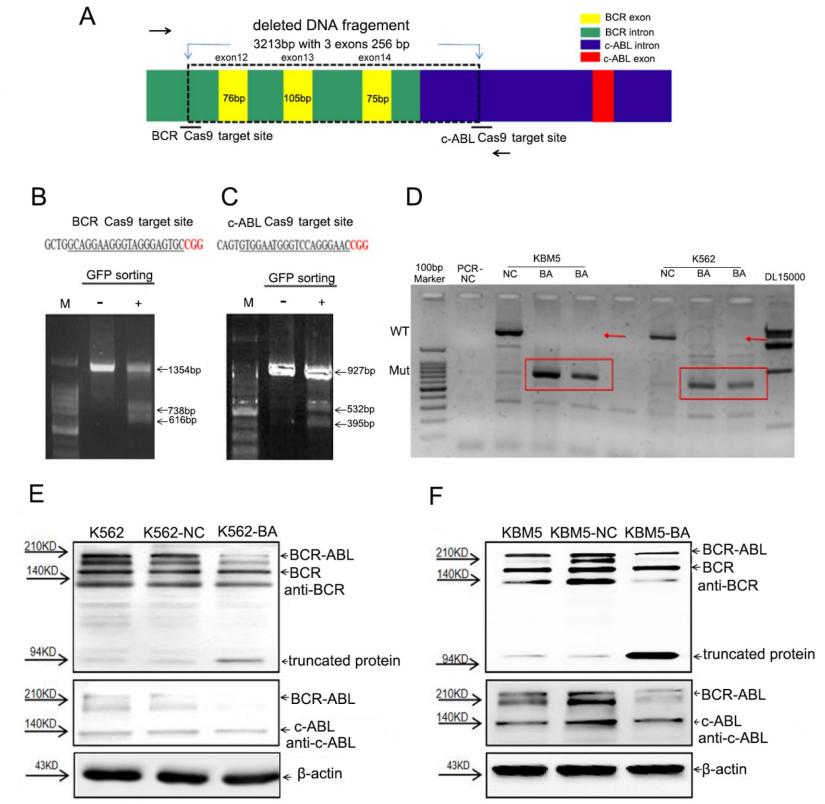Cas9 Stable Cell Line - HEK293T
Cat.No. : CSC-RO0025 Host Cell: HEK293T
Size: >1x10^6 cells/vial Validation: T7 Endonuclease I assay
Cat.No. : CSC-RO0025 Host Cell: HEK293T
Size: >1x10^6 cells/vial Validation: T7 Endonuclease I assay
| Cat. No. | CSC-RO0025 |
| Product Type | Cas9 overexpression stable cell line |
| Introduction | Clustered regularly interspaced palindromic repeats (CRISPR)/Cas9 is a gene-editing technology that contains two essential components: a guide RNA (gRNA) to match a target gene, and the Cas9 (CRISPR-associated protein 9) endonuclease which causes a double-stranded DNA break, allowing modifications to the genome via nonhomologous end joining (NHEJ) or homology-directed repair (HDR). |
| Cell Line Information | HEK293T-Cas9 cell line is engineered to stably overexpress Cas9 nuclease. The Cas9 nuclease in HEK293T-Cas9 cell line has been functionally validated using T7 Endonuclease I assay. In combination with separately transfected sgRNAs, HEK293T-Cas9 cell line can be used to efficiently generate targeted genomic modifications including gene knockout, gene knockin, gene mutagenesis, gene tagging etc. It is also an ideal cell line model for sgRNA screening and validation, either individually or in pools. |
| Target Gene | Cas9 |
| Host Cell | HEK293T |
| Applications | 1) CRISPR genome editing, such as gene knockout (KO), gene knockin (KI), gene mutagenesis, gene tagging etc. 2) High-throughput sgRNA screening and validation |
| Quality Control | 1) T7E1 assay 2) Mycoplasma detection |
| Size Form | One vial of frozen cells, typically >1x10^6 cells/vial |
| Shipping | Dry ice |
| Storage | Liquid nitrogen |
| Species | Homo sapiens (Human) |
| Mycoplasma | Negative |
| Format | One frozen vial containing millions of cells |
| Storage | Liquid nitrogen |
| Safety Considerations |
The following safety precautions should be observed. 1. Use pipette aids to prevent ingestion and keep aerosols down to a minimum. 2. No eating, drinking or smoking while handling the stable line. 3. Wash hands after handling the stable line and before leaving the lab. 4. Decontaminate work surface with disinfectant or 70% ethanol before and after working with stable cells. 5. All waste should be considered hazardous. 6. Dispose of all liquid waste after each experiment and treat with bleach. |
| Ship | Dry ice |
Especially in leukemia, characteristic fusion genes created by translocation following a chromosomal break are frequently seen in cancer. To disrupt the BCR-ABL fusion gene, the researchers investigate CRISPR-Cas9/dual-sgRNA targeting of the BCR and cABL introns. Changes in BCR-ABL expression in CML cells are achieved using lentiviruses expressing Cas9-GFP/dual-BA-sgRNA. The effects, which include cell proliferation, clonogenicity, apoptosis, and downstream signaling, are assessed at the genomic and protein levels. Validated in CML mice models and patient-derived cells, effective disruption results in BCR-ABL tyrosine kinase pathway blockage, decreasing cell proliferation and eliciting apoptosis.
 Figure 1. The researchers used Cas9-GFP/dual-BA-sgRNA to break the BCR-ABL fusion gene in CML cells. Dual sgRNAs targeted the BCR and cABL introns, respectively. The Cas9, GFP, and sgRNA co-expression vector was transfected into K562 cells. GFP+ cells were sorted for the targeted disruption efficiency assay, which confirmed genomic disruption with PCR and lowered BCR-ABL fusion protein levels with western blot analysis. The control empty vector Cas9 was co-transfected into HEK293T cells along with auxiliary plasmids pSPAX2 and pMD2G to generate the virus, serving as the negative control virus (NC). (Zeng J, et al., 2024)
Figure 1. The researchers used Cas9-GFP/dual-BA-sgRNA to break the BCR-ABL fusion gene in CML cells. Dual sgRNAs targeted the BCR and cABL introns, respectively. The Cas9, GFP, and sgRNA co-expression vector was transfected into K562 cells. GFP+ cells were sorted for the targeted disruption efficiency assay, which confirmed genomic disruption with PCR and lowered BCR-ABL fusion protein levels with western blot analysis. The control empty vector Cas9 was co-transfected into HEK293T cells along with auxiliary plasmids pSPAX2 and pMD2G to generate the virus, serving as the negative control virus (NC). (Zeng J, et al., 2024)

Our promise to you:
Guaranteed product quality, expert customer support.
 24x7 CUSTOMER SERVICE
24x7 CUSTOMER SERVICE
 CONTACT US TO ORDER
CONTACT US TO ORDER